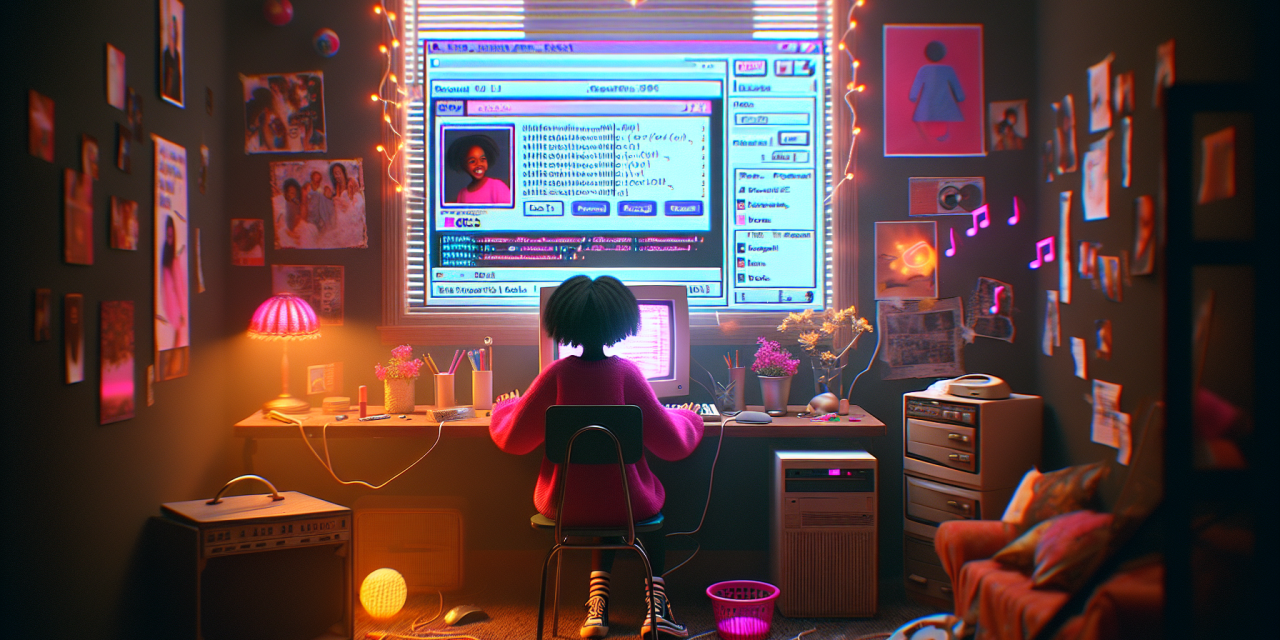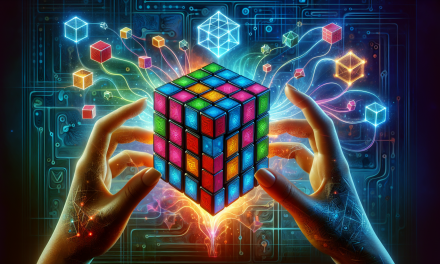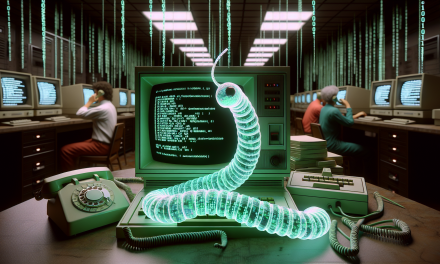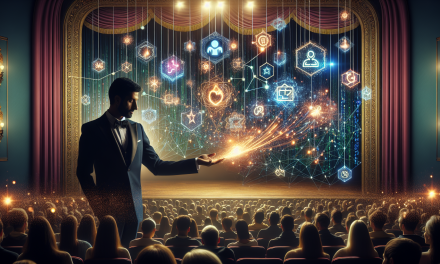Picture this: It’s 2005, and you’re hunched over your family computer, carefully selecting the perfect song to auto-play when someone visits your profile. Your top eight friends are strategically arranged, and you’ve spent hours learning basic HTML just to make your page background sparkle with animated GIFs. Welcome to MySpace, where being yourself online meant coding yourself into existence.
Before we had polished Instagram feeds and LinkedIn profiles, there was a wild west of digital self-expression where creativity trumped conformity. MySpace wasn’t just a social network – it was a digital playground where millions of people got their first taste of what it meant to be a creator, not just a consumer, of online content.
When Everyone Was a Web Designer
Here’s something that might surprise you: MySpace accidentally turned millions of teenagers into amateur web developers. Unlike today’s social platforms that give you a clean, uniform template, MySpace handed you the keys to customize everything. Want a black background with neon green text? Go for it. Prefer your page to play three different songs simultaneously? Absolutely chaotic, but entirely possible.
This customization came through something called HTML and CSS – the same languages that power every website you visit today. Users didn’t need to understand they were coding; they were just copying and pasting snippets they found online to make their pages look cooler. It was like digital finger painting, except the paint was code.
Think of MySpace profiles as digital bedrooms. Just like how you might decorate your physical space with posters, fairy lights, and personal mementos, MySpace let you decorate your digital space with music, colors, and layouts that reflected who you were – or who you wanted to be. The difference was that millions of people could visit your “room” anytime they wanted.
The Music Revolution That Changed Everything
MySpace didn’t just connect people – it revolutionized how we discovered music. Before streaming services existed, finding new bands meant hoping the radio would play something interesting or randomly browsing music stores. MySpace created the first truly democratic music discovery platform.
Bands could upload their songs directly to their profiles, fans could share music with friends, and suddenly your cousin’s friend’s band from three states away could reach listeners everywhere. It was like having a massive, worldwide record store where anyone could set up a booth and start selling their music.
This shift represents something computers do incredibly well: removing the middleman. Traditional music discovery required record labels, radio stations, and music stores – all gatekeepers deciding what you could hear. MySpace created a direct connection between artists and listeners, demonstrating how digital platforms can flatten hierarchies and democratize access.
Community Building in the Wild West
Early social media was fundamentally different from what we see today. There were no algorithms deciding what you should see, no suggested friends based on mysterious data analysis, and no targeted advertisements following you around the internet. Everything was chronological, authentic, and wonderfully messy.
Your MySpace friends list was curated by you, for you. The famous “top eight” feature forced you to publicly rank your closest friends – a social dynamic that seems almost quaint compared to today’s follower counts and engagement metrics. But this simplicity created genuine communities around shared interests: music genres, local scenes, hobbies, and fandoms.
Communities formed organically through mutual interests rather than algorithmic suggestions. If you loved punk rock, you’d find other punk rock fans through bands’ profiles, friend networks, and group discussions. It was social discovery driven by human connections rather than machine learning.
The Digital Citizenship Lessons We Learned
MySpace taught an entire generation their first lessons about digital citizenship, though we didn’t call it that at the time. Users quickly learned that what you put online stays online, that your digital presence affects your real-world relationships, and that online communities require the same respect and consideration as offline ones.
The platform also introduced early concepts of digital identity management. Your MySpace profile was often the first time you consciously crafted how you wanted to be perceived online. This wasn’t just about choosing a profile picture – it was about selecting music that represented you, writing an “About Me” section that captured your personality, and connecting with people who shared your interests.
Perhaps most importantly, MySpace demonstrated both the power and responsibility that comes with having a digital voice. Users could build communities, promote causes, share art, and connect with like-minded people worldwide. But they also learned that online actions have real consequences, that digital spaces need moderation, and that with great connectivity comes great responsibility.
Why MySpace Faded Away
So what happened? How did this innovative platform that seemed to understand social networking so well get overtaken by Facebook in just a few short years?
The answer reveals something fascinating about technology adoption: sometimes being first and being creative isn’t enough. MySpace’s strength – its customizability and creative freedom – became its weakness as the platform grew. Pages loaded slowly due to custom code and auto-playing music. Finding information became difficult when every profile looked completely different. The user experience became increasingly chaotic.
Facebook took the opposite approach: clean, standardized, fast, and focused on connecting people rather than expressing creativity. It was like comparing a house where every room has different architectural styles (charming but confusing) to a well-designed apartment building where you know exactly where to find everything.
This shift represents a broader pattern in technology: platforms often succeed by solving the problems created by their predecessors, but in doing so, they sometimes lose what made the original special.
The Legacy That Lives On
Though MySpace faded from mainstream use, its influence echoes through every social platform we use today. The idea that regular people can create and customize their online presence, that music and social networking naturally belong together, and that digital communities can form around shared interests – these concepts all trace back to MySpace’s innovations.
More importantly, MySpace demonstrated that social media could be a creative medium, not just a communication tool. It showed that given the right tools and freedom, people naturally want to express themselves, build communities, and share what they love with others.
Today’s platforms like TikTok, Instagram Stories, and even LinkedIn allow for personal expression and community building, but within much more structured environments. The wild creativity of MySpace has been channeled into more polished, algorithm-driven experiences.
MySpace’s rise and fall teaches us that in the digital world, adaptation and user experience often matter more than innovation alone. But it also reminds us that technology at its best empowers human creativity and connection. Sometimes the most important legacy isn’t about lasting forever – it’s about showing what’s possible and inspiring others to build something even better.








